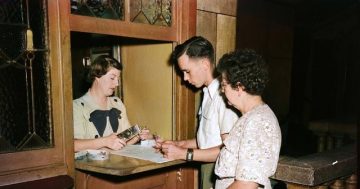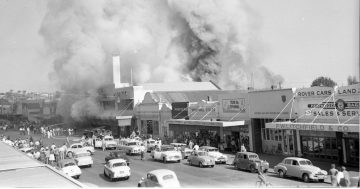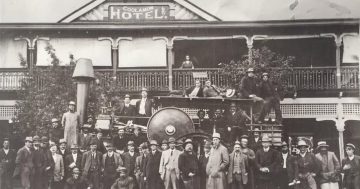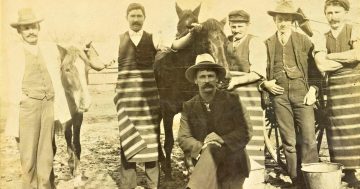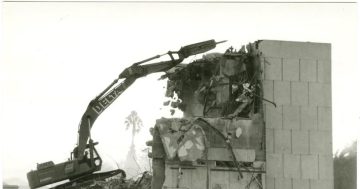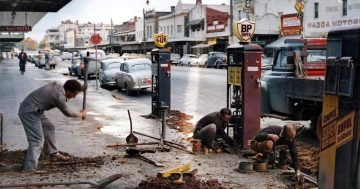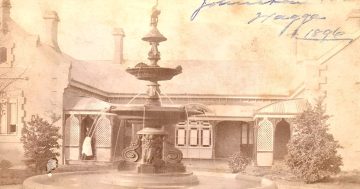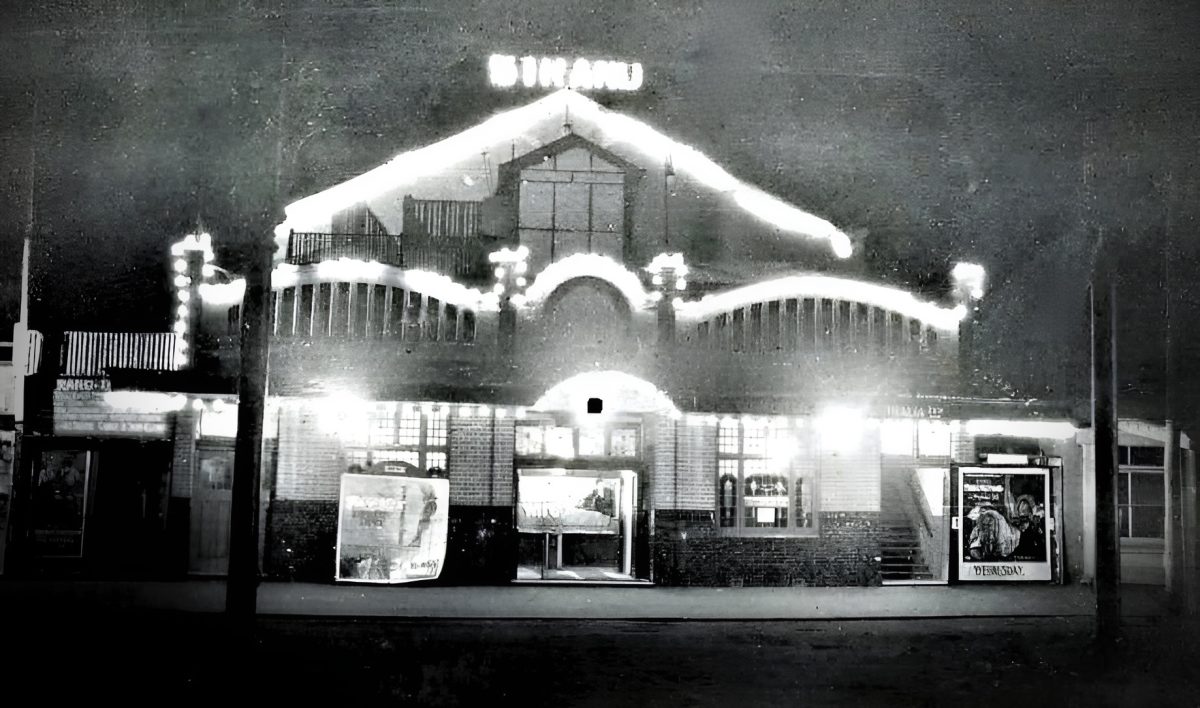
The Strand was built in 1915 and was Wagga’s first picture theatre. Photo: Ross Hurst.
This week we take you back to the early days of cinema in Wagga and a peek under the foundations of an iconic Baylis Street building.
Whether you’re a local, or just visiting Wagga, there’s a good chance you will have noticed the distinctive facade of the old Plaza Theatre in the main street.
The movies are gone and the popular Gelatissimo and Rashays restaurants occupy the lower levels, while Region Riverina is today located in the offices upstairs.
But do you know what stood on this site before The Plaza? It was, in fact, an earlier theatre, The Strand.
The Daily Advertiser reported in August 1915 that the new public building was nearing completion. It was completed that year.
Described as ”commodious and up-to-date”, it was said to be a ”credit to the town, erected on a more modern scale than has hitherto been the case in Wagga”, and representing ”the most up-to-date theatre outside the Sydney metropolitan area”.

Region Riverina is one of the businesses occupying the site of the original Strand Theatre. Photo: Chris Roe.
The architect and builder was Mr A. Angus, and the proprietor was Henry Campbell, who played an active part in the growth of Uranquinty.
The theatre’s frontage was an attractive mix of brick facings, green tiles and leadlight windows that were a feature of the theatre’s tea lounges.
The main entrance led patrons into a spacious foyer, the floor of which was laid down in a dramatic black-and-white design of mosaic tiling. The foyer was flanked by two large lounge rooms where refreshments were served. One of the standout features of the theatre was the ventilation, a system entirely new in the construction of theatres, and one that had not yet been installed in any other building in Australia.
The paper reported that: ”Wagga’s excessive summer heat, which the architect himself experienced during his residence here last summer, led him to make special provision for an adequate ventilation so that on the hottest of nights the greatest amount of fresh air might be obtained.’ The amount of ventilation was calculated to be about 300 per cent in excess of the official requirements!
The appearance of the interior was described as a “charming and exquisite site”. The colour schemes harmonised well, and with the brilliant electric lighting throughout (requiring more than 5000 yards of wiring) displaying vividly the colourings and gilt work on the facings of the proscenium, and the boxes and balcony, the scene was “a gay one”.
Perhaps the most unique feature of The Strand was the inclusion of a roof garden. Situated entirely outside the main building, it provided a clear view of the stage from almost any point.
In 1916, The Strand hosted Prime Minister Billy Hughes when he came to Wagga to speak on the highly contentious plebiscite on conscription.
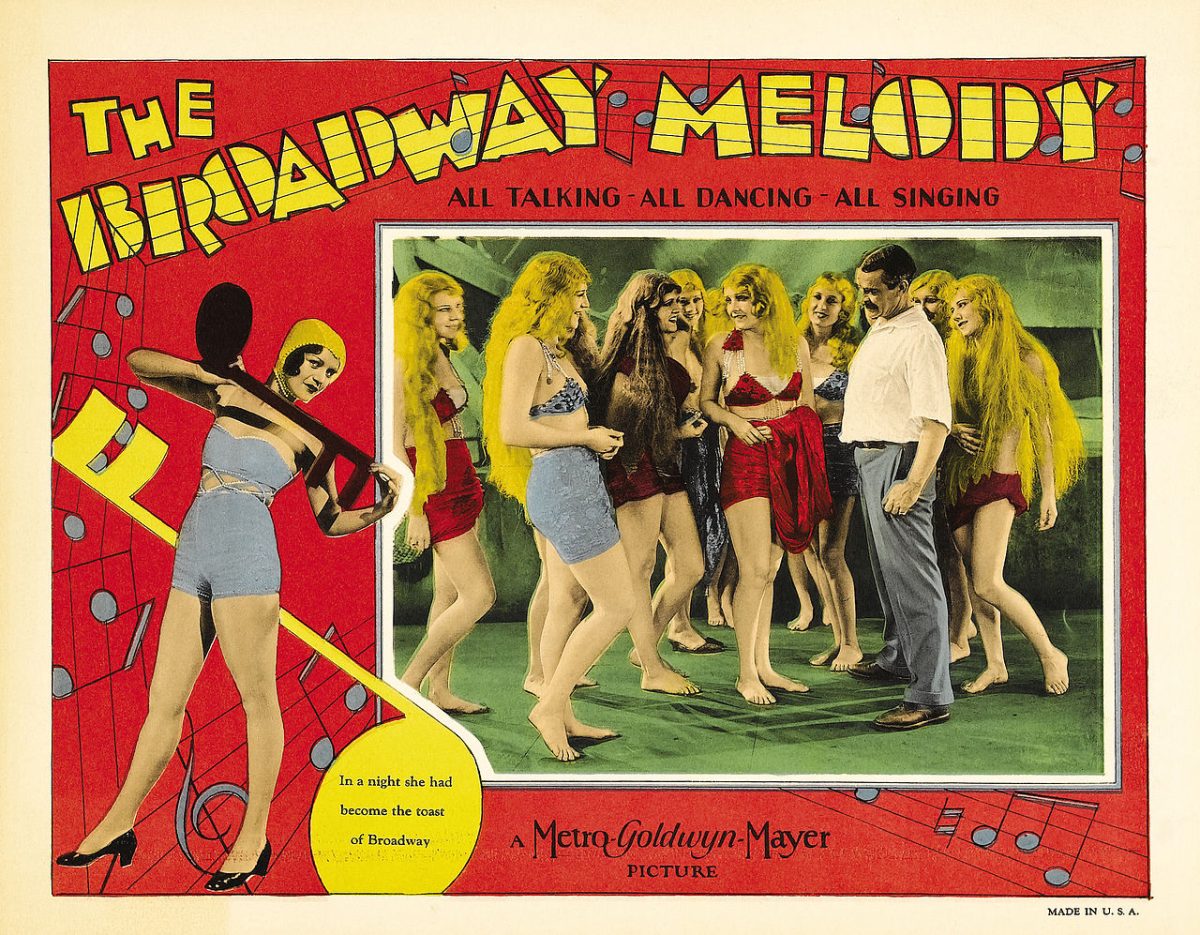
The Broadway Melody in 1929 was Hollywood’s first all-talking musical. Photo: MGM.
During its years of operation, the theatre showed many film favourites and hosted live musical performances by artists including the Fisk Jubilee Singers and The Serenaders.
The theatre’s orchestral organ was upgraded in 1920.
The Strand was the first theatre in Wagga to install the equipment that allowed ”talkies” to be screened.
On 9 September, 1929, the musical comedy The Broadway Melody (the first sound film to win an Oscar) was screened at The Strand, becoming the first ”talkie” to be shown in Wagga.
The Strand boasted several features that were said to eliminate any risk of fire. Sadly, in reality, they did not.
In the early hours of Sunday morning, 13 November, 1932, The Strand was destroyed by an inferno, leaving a damages bill of £20,000.
It also destroyed a projecting plant, valued at £4000, which had been installed shortly beforehand.
In total, the build cost about £10,000 – a whopping $1.15 million in today’s money!







